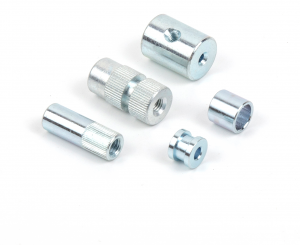Precision Hardware Stamping Process
Projects that use precision metal stamping usually begin with computer modeling and virtual simulation of the stamping process to check for errors or defects. Once the test is completed, the computer will send the design directly to the machine with an effective process, thus reducing the chance of human error.
Depending on the project and tool approach, manufacturers can choose from a variety of technologies, including:
- bend
- stretch
- Bump
- stamping
Advantages of precision metal stamping
- Automation: Once the manufacturer has set up the molds, the machine can mass produce molds of the same design without manual intervention.
- Problem solving: For complex projects requiring micro stamping or detailed work, precision metal stamping is usually the best solution. In cases where other types of machining may not meet the tolerances required by the project, precision metal stamping can solve challenging problems and process high-quality final parts.
- Speed: Due to automation, this process can rapidly produce precision components, ultimately saving time and money.
- Cost effectiveness: Due to the rapid output and reduced labor demand, precision metal stamping is an economical choice, especially for large projects. These cost savings are increased through process accuracy, thereby reducing the need for parts to be reprocessed.
- Quality and accuracy: precision metal stamping consistently produces high-quality and accurate parts, and greatly reduces human errors. Through this process, manufacturers can process extremely complex parts for industries with low error tolerance.






